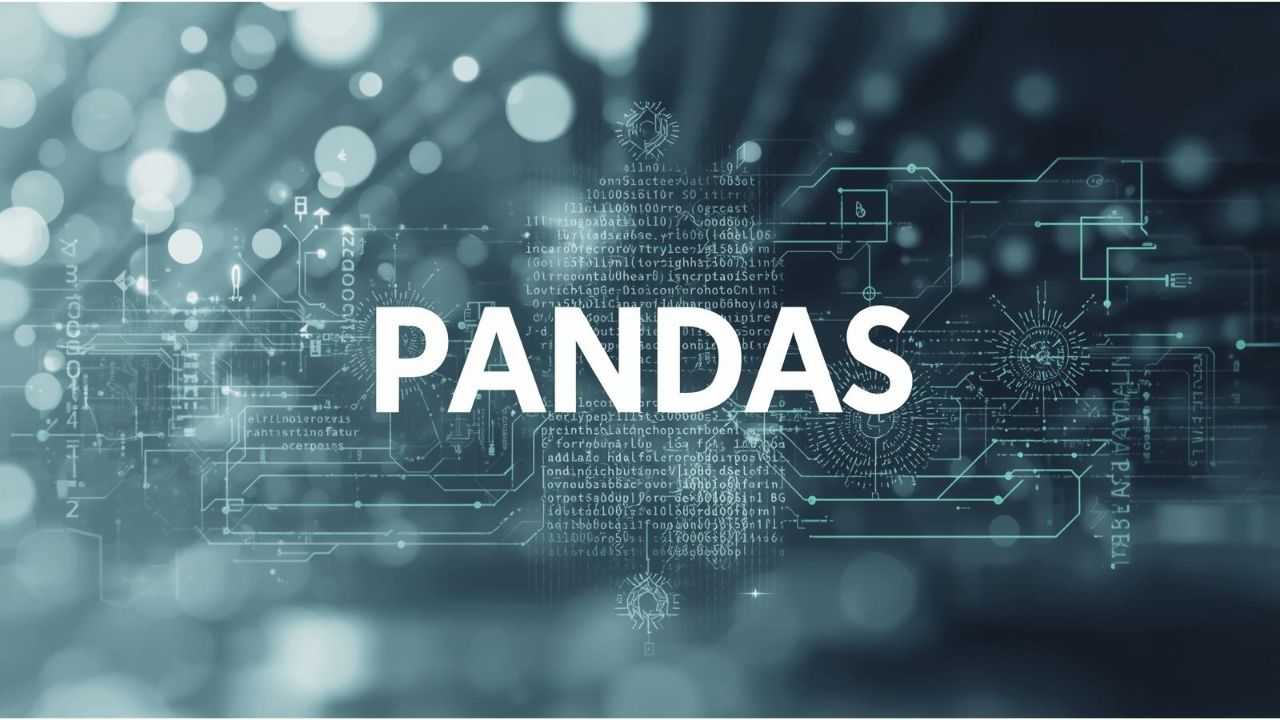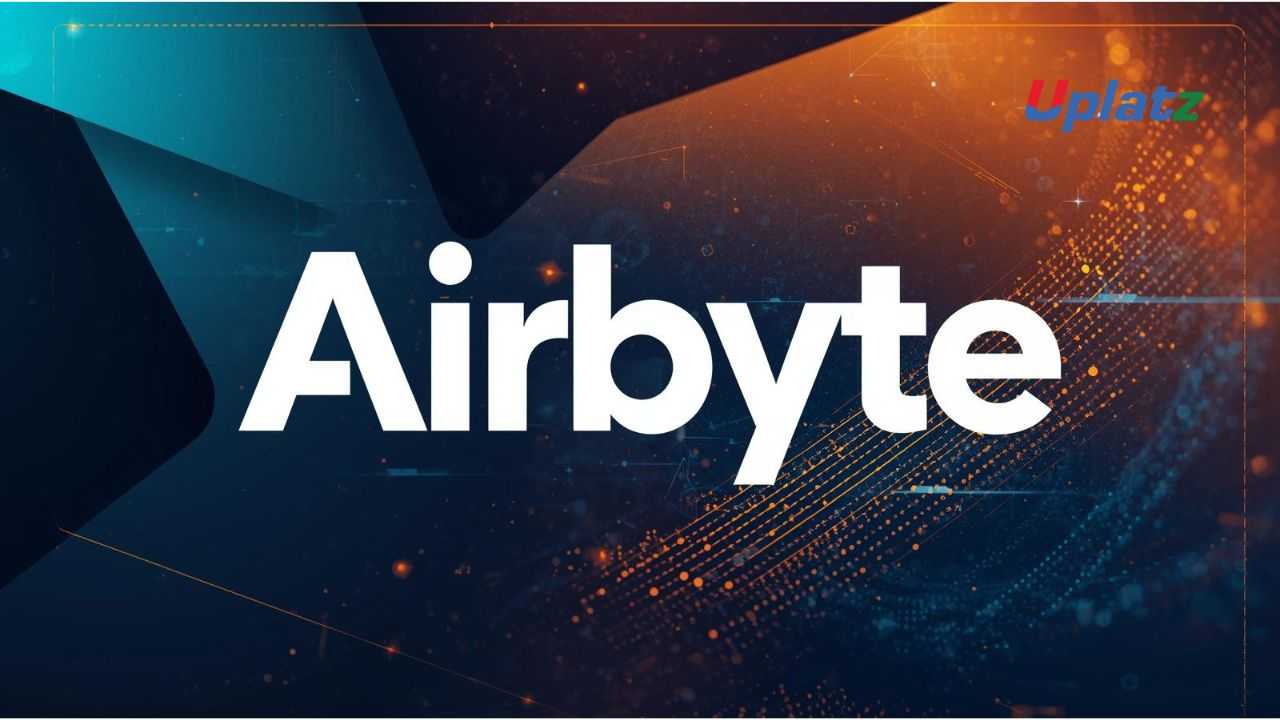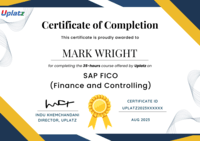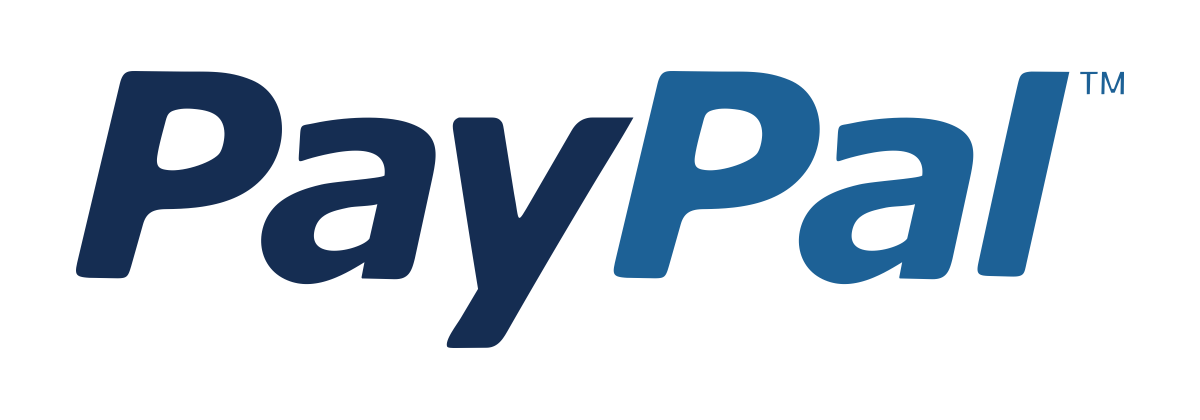Label Studio
Master Label Studio for creating high-quality labeled datasets used in machine learning, NLP, computer vision, audio analysis, and enterprise AI workf Price Match Guarantee
Full Lifetime Access
Access on any Device
Technical Support
Secure Checkout
Course Completion Certificate
Price Match Guarantee
Full Lifetime Access
Access on any Device
Technical Support
Secure Checkout
Course Completion Certificate
 97% Started a new career
BUY THIS COURSE (
97% Started a new career
BUY THIS COURSE (GBP 12 GBP 29 )-
 96% Got a pay increase and promotion
96% Got a pay increase and promotion
Students also bought -
-

- Pandas
- 10 Hours
- GBP 12
- 10 Learners
-

- Prefect
- 10 Hours
- GBP 12
- 10 Learners
-

- Airbyte
- 10 Hours
- GBP 12
- 10 Learners

Machine learning models are only as good as the data they are trained on. High-quality, accurately labeled datasets are essential for supervised learning, computer vision, natural language processing, speech recognition, and enterprise AI solutions. As AI adoption grows across industries, organizations face increasing demand for scalable data labeling, annotation consistency, and workflow automation. Label Studio has become one of the most popular open-source platforms designed to meet these needs with flexibility, multi-modality, and enterprise-level scalability.
The Label Studio course by Uplatz provides a complete, practical journey into modern data labeling workflows. The course teaches how to create annotation projects, design labeling templates, manage annotators, integrate ML models, and automate pipelines using Label Studio’s APIs, webhooks, and SDK. It is designed for engineers, ML practitioners, annotators, and organizations building training datasets for AI systems.
Label Studio supports a wide range of data types — text, images, audio, video, HTML, tables, time series, medical documents, and more. It provides a customizable interface and thousands of annotation configurations suited for sentiment analysis, named entity recognition, optical character recognition, image segmentation, object detection, bounding boxes, classification, signal analysis, and domain-specific tasks.
This course begins with an introduction to annotation principles and the importance of data quality. You will learn how errors in labeling affect machine learning model performance, how to design annotation rules, and how annotation frameworks influence fairness, bias, and reliability in AI. You will also explore best practices for inter-annotator agreement, quality checks, task instructions, ontology design, and hierarchical label structures.
Next, the course dives into the Label Studio platform. You will learn how to install Label Studio on your local machine, cloud instance, Docker container, or Kubernetes environment. You will navigate the UI, create projects, upload datasets, configure storage backends (S3, GCS, Azure Blob), and invite team members with assigned roles.
The core of the course focuses on annotation templates and labeling configuration. You will learn how to use Label Studio’s tag-based XML config language to define labeling UIs. This includes configuring:
-
Text classification layouts
-
Named entity recognition interfaces
-
Image segmentation & polygon tools
-
Object detection with bounding boxes
-
Video frame labeling
-
Audio transcription and region selection
-
Time-series pattern annotation
-
Medical imaging structures
-
Multi-task and multi-label configurations
The course then explores data governance, quality control, and review pipelines. You will learn how to set annotation guidelines, enforce consensus, review annotations, audit label quality, resolve conflicts, detect low-quality annotators, and use benchmark tasks.
An important part of the course is ML-assisted labeling, where Label Studio integrates with machine learning models via the ML backend. You will learn how to:
-
Connect Hugging Face NLP models
-
Use YOLO/Detectron2 computer vision models
-
Add custom Python ML backends
-
Enable active learning loops
-
Auto-label datasets with AI assistance
-
Improve annotation efficiency through prediction masks
The course also covers automation and integration, including REST APIs, SDK usage, webhooks, batch exports, and integration with MLOps stacks. You will learn to export annotations to COCO, YOLO, Pascal VOC, JSON, CSV formats and connect Label Studio to Airflow, MLflow, DVC, Kubeflow, S3 pipelines, and training workflows.
A full module is dedicated to enterprise workflows, including multi-team annotation projects, role-based permissions, audit trails, scalability, and private cloud deployments. You will learn how large companies run annotation pipelines, including integration with CI/CD, labeling farms, hybrid human-AI annotation, and compliance requirements.
Label Studio is used extensively in computer vision, NLP, healthcare, robotics, retail, agritech, autonomous driving, finance, public-sector analytics, and industrial AI systems. This course equips you with the skills required to build, manage, and automate annotation workflows that are accurate, scalable, and ready for ML training at production level.
🔍 What Is Label Studio?
Label Studio is an open-source data labeling platform that supports multi-modal annotation across text, images, audio, video, and time-series. It provides configurable labeling templates, ML-assisted workflows, and enterprise-ready automation tools.
⚙️ How Label Studio Works
Label Studio operates through several core components:
1. Project Configuration
Defines labeling instructions, classes, and attribution guidelines.
2. Labeling Interface
A customizable XML-based UI system for annotation layouts.
3. Annotator & Reviewer Workflow
Supports multi-user flows with reviewing and consensus checks.
4. ML Backend
(Optional) Connects to machine learning models for auto-labeling and active learning.
5. Export & Integration Tools
Exports labeled data to common ML formats and integrates into pipelines through APIs.
🏭 Where Label Studio Is Used in Industry
Label Studio is widely used in:
1. Computer Vision
Object detection, segmentation, medical imaging, surveillance systems.
2. NLP & Text Analytics
NER, sentiment analysis, classification, document labeling.
3. Healthcare
Radiology labeling, pathology slides, clinical notes annotation.
4. Autonomous Driving & Robotics
Video sequence labeling, 3D sensor data.
5. Finance & Compliance
Document classification, entity extraction, risk analysis.
6. Retail & E-commerce
Product categorization, visual tagging, recommendation systems.
🌟 Benefits of Learning Label Studio
-
Supports all major ML data types
-
Highly customizable annotation UI
-
Integrates with ML models for assisted labeling
-
Allows scalable, multi-team annotation workflows
-
Essential for ML training and dataset creation
-
Used widely in academic research and enterprise AI
📘 What You’ll Learn in This Course
-
Installing and deploying Label Studio
-
Creating annotation projects
-
Designing label taxonomies
-
Configuring labeling interfaces (text, image, audio, video)
-
Managing annotators and quality control
-
Using ML backends for auto-labeling
-
Exporting data for ML frameworks
-
Automating workflows with APIs & SDK
-
Running Label Studio on cloud or Kubernetes
-
Building complete annotation pipelines
🧠 How to Use This Course Effectively
-
Start with small annotation tasks
-
Practice different data types
-
Follow clear labeling guidelines
-
Test ML-assisted labeling
-
Build a full dataset from scratch
-
Integrate exports into ML training scripts
👩💻 Who Should Take This Course
-
Machine Learning Engineers
-
Data Scientists
-
Computer Vision Engineers
-
NLP Specialists
-
Data Labeling Teams
-
AI Researchers
-
ML Ops Practitioners
🚀 Final Takeaway
Label Studio provides the foundation for building high-quality datasets that power modern AI systems. Mastering it gives you full control over annotation quality, ML integration, and data preparation workflows for enterprise-level machine learning projects.
-
Create and customize labeling interfaces for text, image, audio, video, and time-series
-
Manage annotation projects from setup to completion
-
Build and supervise annotation teams
-
Use Label Studio ML Backend for model-assisted labeling
-
Automate data import/export via API and Python SDK
-
Integrate labeled data with TensorFlow, PyTorch, Hugging Face, and Scikit-learn
-
Deploy Label Studio using Docker or Kubernetes
-
Apply quality assurance workflows and consensus scoring
-
Build datasets for fine-tuning LLMs and CV/NLP models
Course Syllabus
Module 1: Introduction to Label Studio
-
What is Label Studio?
-
Supported data types & ML tasks
Module 2: Installing & Running Label Studio
-
Local installation
-
Docker & browser setup
Module 3: Labeling Interfaces
-
Text labeling templates
-
Image interfaces (bbox, polygons, masks)
-
Audio & video annotation tools
-
Time-series labeling
Module 4: Customizing Label Configurations
-
XML-like config language
-
Creating custom UIs
-
Conditional logic
Module 5: Project & Data Management
-
Creating projects
-
Importing datasets
-
Managing annotators
-
Consensus & QA
Module 6: Using Label Studio API & SDK
-
Automating workflows
-
Managing tasks programmatically
Module 7: ML Backend Integration
-
Connecting models
-
Pre-labeling
-
Active learning loops
Module 8: Advanced Workflows
-
Multi-annotator workflows
-
Review pipelines
-
Dataset versioning
Module 9: Deployment & Scaling
-
Docker Compose
-
Kubernetes deployment
-
Database integrations
Module 10: Capstone Project
-
Build a full annotation pipeline from dataset → labeling → ML integration.
Upon completion, learners receive a Uplatz Certificate in Data Annotation & Labeling Engineering, validating practical skills in multi-modal annotation, ML workflow integration, and project management using Label Studio.
This course prepares learners for roles such as:
-
Data Annotation Engineer
-
ML Data Specialist
-
Data Quality Analyst
-
Computer Vision Data Engineer
-
NLP Labeling Specialist
-
AI Training Data Manager
-
Annotation Project Lead
-
LLM Dataset Engineer
These skills are in high demand across AI startups, ML research labs, healthcare, autonomous driving companies, fintech, retail analytics, and government agencies.
1. What is Label Studio?
An open-source platform for annotating text, images, audio, video, and time-series data for AI/ML training.
2. What types of tasks can Label Studio support?
NER, text classification, sentiment, object detection, segmentation, speech labeling, video event detection, and more.
3. What is Label Config?
An XML-like configuration used to design custom labeling interfaces.
4. How does Label Studio integrate with machine learning models?
Through the ML Backend, which enables pre-labeling, active learning, and running models during annotation.
5. How do you import data into Label Studio?
Via UI upload, API, SDK, cloud storage links, or automated pipelines.
6. What is consensus scoring?
A method to measure agreement between multiple annotators for quality assurance.
7. How can you automate labeling workflows?
Using the REST API, Python SDK, or ML Backend predictions.
8. What is pre-labeling?
Automatically generating labels using a model before human annotation.
9. How do you export annotations?
In JSON, CSV, COCO, YOLO, or custom formats depending on task type.
10. Can Label Studio be deployed in production?
Yes—via Docker, Kubernetes, or cloud VMs for enterprise-scale annotation projects.









